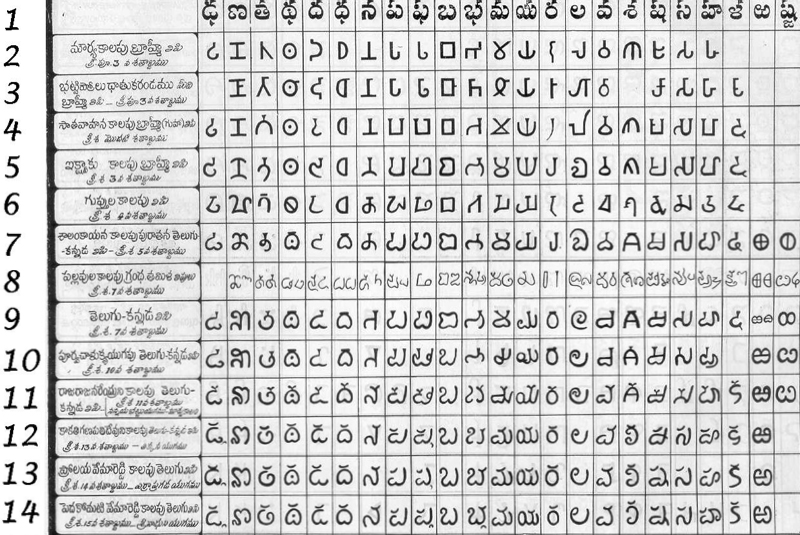It’s not often that a grammar book gives rise to an entire ethnic identity. In the early 19th century, Francis Whyte Ellis wrote a thesis. A.D. Campbell released it in his book “Telugu Grammar”. It was about much more than what the title would suggest.
For, decades and centuries later, Ellis is recognized as the first scholar to posit that the South Indian family of languages is distinct from the Sanskrit ones. In 1856, his work was built upon by Robert Caldwell in “A Comparative Grammar of the Dravidian or South Indian Languages.” As he wrote:
The word I have chosen is ‘Dravidian’, from Drāviḍa, the adjectival form of Draviḍa. This term, it is true, has sometimes been used, and is still sometimes used, in almost as restricted a sense as that of Tamil itself, so that though on the whole it is the best term I can find, I admit it is not perfectly free from ambiguity.
Ellis recommended that civil servants learn Tamil as a base language to understand the South Indian languages. He came up with what was called the “Dravidian Proof”, firmly distancing the Dravidian languages from the Indo-Aryan language families.
Copyright©Madras Courier, All Rights Reserved. You may share using our article tools. Please don't cut articles from madrascourier.com and redistribute by email, post to the web, mobile phone or social media.Please send in your feed back and comments to editor@madrascourier.com











